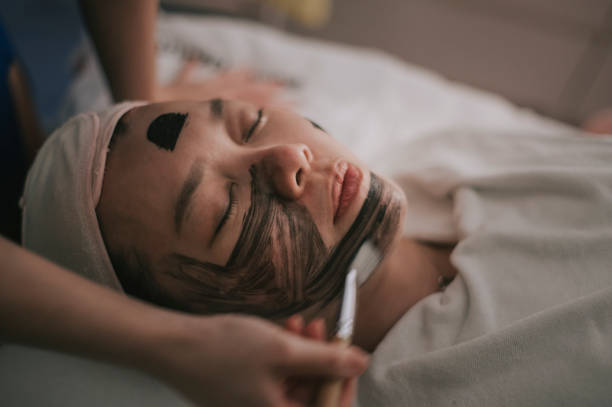What is Elastin? Its impact on skin health
Imagine the different shapes you make throughout the day. You might furrow your brows while reading the news, scrunch your lips to kiss someone, or squint your eyes when you laugh at a brunch in the sun.
Every moment of the day, your face can create a variety of dynamic expressions. This is mainly due to elastin. An essential protein found in skin cartilage and connective tissue, it allows skin and ligaments to stretch and snap into shape.
This guide will teach you about elastin, including how it helps keep your skin healthy, robust, flexible, and smooth. Avoiding fine lines and wrinkles is impossible, but you can delay their appearance.
Elastin
What is elastin exactly? The answer is in the name. It is a connective tissue and skin elasticity protein. It works in conjunction with collagen to give skin texture and shape. But it is much more flexible. It can be up to 1000 times more flexible.
When in good condition, elastin fibers allow tissues to return to their original shape after being moved. This is called skin elasticity. These fibers look like tiny coils or springs. They unwind and then rewind as you move to stretch the tissue and restore it to its normal condition.
Where is elastin found in your body
The middle layer of skin is called the dermis
Lungs, blood vessels
Tendons, ligaments
Bladder wall
Other tissues, like the bladder wall, contain more elastin. Some tissues, like your skin, have more elastin to keep them supple.
What is the role of elastin in skin health?
Because elastin is directly related to your skin’s flexibility, it’s essential to skin suppleness. Strong elastin fibers in the skin can help:
Reduce wrinkles, sagging
Promote wound and scar recovery
Skin tone and texture can be improved by blending.
Maintain your skin’s structural integrity
The elastin fibers help to shape the skin, making it look healthy and refreshed.
How to Improve Elastin Production
After puberty, elastin production drops sharply and disappears almost entirely once you reach middle age. After puberty, elastin production drops dramatically, disappearing almost entirely by median age.
Eat healthy- A diet rich in antioxidants and healthy proteins can support elastin growth as you age. This can protect your body against losing its elastin.
Always wear sun protection. The sun is the skin’s worst enemy. UVA and UVB damage the elastin fibers, which leads to wrinkled, dry skin. The sun can also cause skin cancer and accelerate skin aging. Applying a broad-spectrum sunscreen with an SPF of at least 30 every day is essential. Wear a hat with a large brim or wear UV-protective clothing when the sun is exceptionally bright.
Avoid alcohol and cigarettes – Nicotine in cigarettes and other chemicals can damage the elastin fibers of skin cells. Alcohol consumption can also lead to dry, wrinkled skin. Alcohol slows down the production of elastin, which can cause skin to lose its natural glow.
Exercise regularly- Daily exercise is good for cardiovascular health. Regular exercise can improve blood flow and lead to higher levels of elastin in people who don’t.
You can’t increase your elastin to youth levels, but you can maintain what you already have by maintaining a healthy lifestyle.

